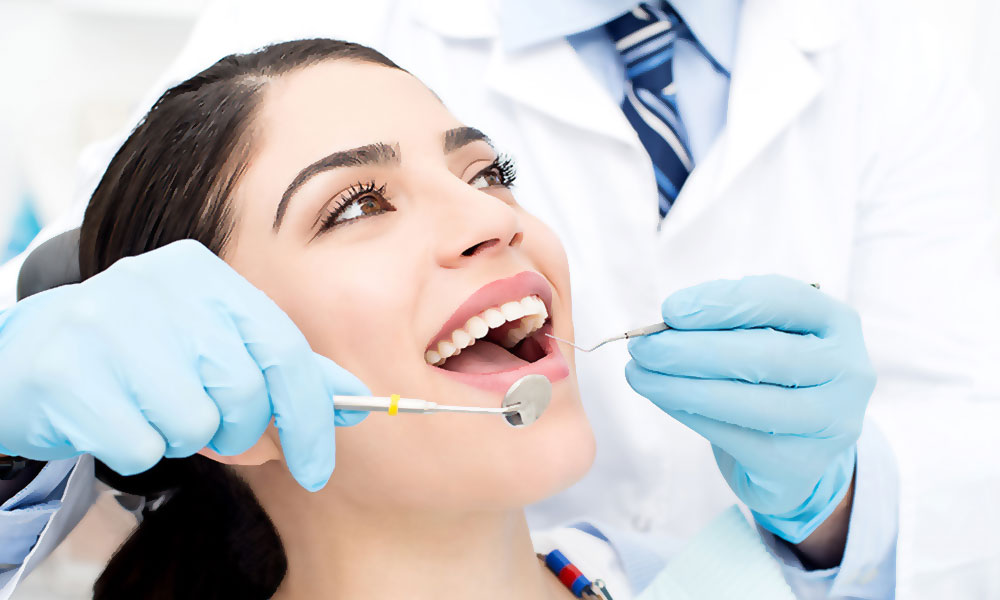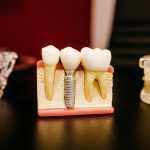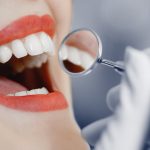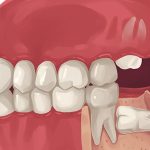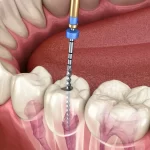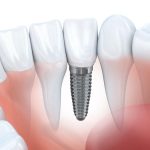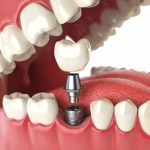During a connective tissue graft, your periodontist removes a small section of subepithelial tissue from the roof of your mouth. They then create a pocket for the tissue to slip into, like an envelope, and stitch it in place.
This method can lessen the discomfort of your tooth’s roots, enhance their aesthetics, and help stop additional bone loss surrounding your teeth. It also aids in stabilizing the region and encouraging effective healing.
Table of Contents
Tooth Sensitivity
Millions of individuals suffer from the unpleasant condition of tooth sensitivity. The discomfort varies from a mild ache to a strong, throbbing agony. It can all contribute to poor oral hygiene, gum disease (gingivitis), or certain dental operations like root canals and teeth whitening.
Sensitive teeth are sometimes a symptom of a deeper issue. It can have a fracture in the tooth, a cavity, or a damaged filling. It can also be brought on by eating meals with acid, using a harsh brush frequently, or using certain mouthwashes. Even certain surgical treatments have a side effect of sensitivity.
You can reduce sensitivity symptoms by receiving the right care and seeing your dentist frequently. We can evaluate your dental health now and provide detailed guidance for avoiding sensitivity, lessening its symptoms, and averting additional harm. This will help you enjoy your food, drink, and life to the fullest!
Tooth Loss
When your gum tissue is destroyed by periodontal disease or aggressive brushing, it exposes your tooth roots. This can lead to tooth loss and dental implant failure. During connective tissue graft surgery, gum tissue is taken from elsewhere in the mouth and placed over the exposed tooth roots to protect them.
To accomplish this, your periodontist Austin, creates a tiny flap in the roof of your mouth (called the palate) and removes healthy gum tissue. This is transferred to the graft site and sutured into place. The procedure is usually painless, but some blood oozing can occur for several hours.
In addition to restoring root coverage, this surgical procedure helps correct an uneven smile due to gum recession. During healing, patients are encouraged to eat soft foods and use a special rinse that helps control plaque and prevent infection. Once the graft site heals, regular oral hygiene can be resumed, except by gently brushing the area with an extra soft toothbrush.
Poor Oral Hygiene
Poor oral hygiene doesn’t just breed bad breath; it can cause diseases all over the body. Studies show that pathogenic bacteria from the mouth can travel through nerve channels and destroy brain cells, leading to dementia and Alzheimer’s. They can also enter the bloodstream and stick to platelets, causing heart disease.
Other diseases caused by poor oral hygiene include respiratory problems like pneumonia, pregnancy complications, and diabetes. Gum disease is also associated with rheumatoid arthritis, as bacteria from the mouth can enter the joints and trigger inflammation.
In the case of gingival recession, a connective tissue graft Pflugerville can be used to re-augment the gum line and make teeth appear more symmetrical. The procedure involves your periodontist cutting a flap on the roof of your mouth and then removing tissue from under the flap to re-establish gum tissue surrounding exposed roots. This is often done with a root planing treatment to treat the underlying periodontal tissue and tooth roots.
Poor Esthetics
For those patients who want a more harmonious and attractive smile, a gum tissue graft can be used to increase pink aesthetics. Periodontists are exclusively trained on soft tissues, and studies have shown their esthetic knowledge to be far superior to nonperiodontists, who often score low in determining pink esthetics (see image).
The most common type of gum tissue graft is a free autogenous gum graft (also known as a pedicle or SECT graft), where a strip of tissue from the palate is moved to cover the exposed root. As it heals, the patient’s gum tissue replaces the donor tissue.
This relatively simple procedure can be performed under local anesthesia, and patients can return home shortly after their surgery. We provide each patient with detailed instructions for postoperative care to ensure that their gum tissue will heal quickly and effectively. These guidelines must be followed to prevent shifting or re-infection of the repaired gum tissue.

